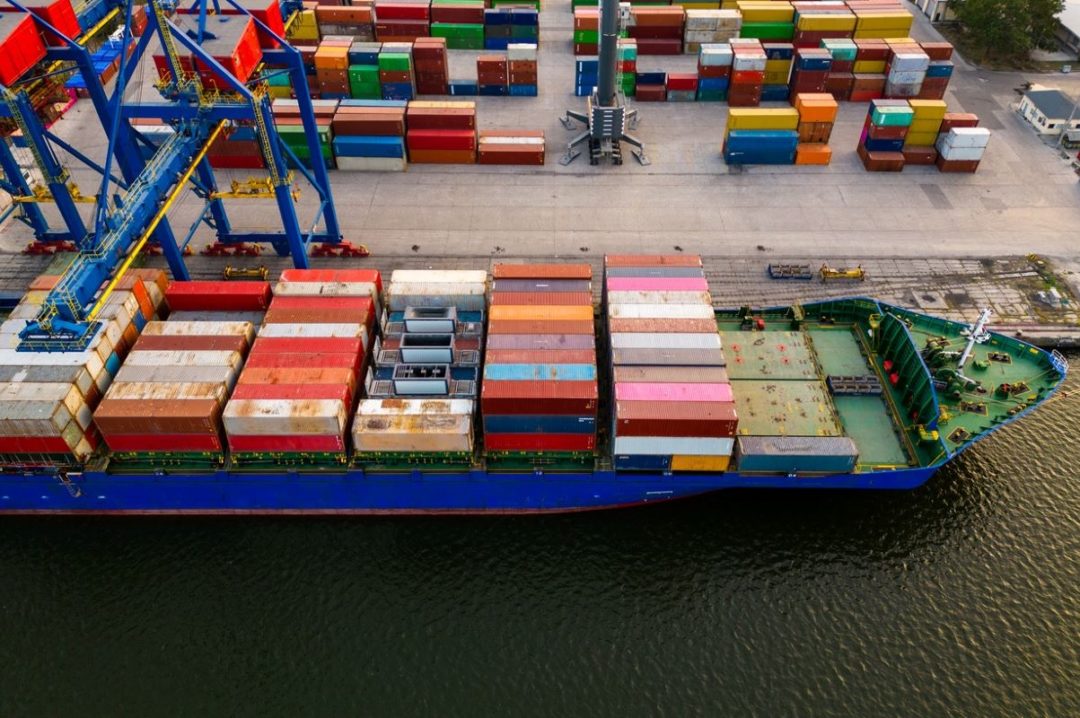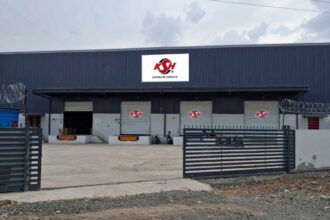In today’s fast-paced and ever-evolving business environment, the location of your supply chain assets plays a pivotal role in the success of your operations. Deciding where to place manufacturing plants, distribution centers, or warehouses can either elevate your supply chain’s efficiency or burden it with unnecessary costs and delays. As you pin down the best locations for your facilities, it’s crucial to evaluate a range of factors that impact both current performance and future flexibility.
Here are five critical considerations to keep in mind:
1. Lease Rates: Navigating Market Trends
Real estate costs are a foundational element when choosing a location for your supply chain assets. Industrial lease rates have seen dramatic shifts, and staying ahead of these trends is essential. While demand for warehouse space surged during the pandemic, the aftermath has led to slower growth, even as average asking rates for industrial spaces crossed $10 per square foot in 2024. High-demand areas like New York and San Francisco have even steeper rates, reaching over $30 per square foot.
Before finalizing your lease, ensure that the current market conditions align with your long-term objectives. If not, a more flexible lease agreement may be a better option to accommodate future market fluctuations.
2. Labor Market: Skilled Workforce Availability
Securing the right labor pool is a challenge that directly affects your supply chain’s efficiency. The availability of skilled workers can differ significantly from region to region. For instance, states with higher unemployment rates like California and Illinois may offer a larger labor pool, while others with lower rates such as North Dakota or Virginia may make finding the right talent more challenging.
Understanding local labor market dynamics, wage trends, and the availability of specialized skills in logistics, manufacturing, or warehousing is critical. This will help you attract and retain the workforce needed to keep your supply chain running smoothly.
3. Proximity to Transportation & Infrastructure
Transportation efficiency is key to reducing supply chain costs and ensuring timely delivery. When selecting a site, proximity to major transportation hubs—such as ports, highways, rail terminals, or airports—can significantly influence your decision. For example, being near a major port like Los Angeles/Long Beach or an intermodal hub can improve your reach, allowing for faster and more reliable product delivery.
Evaluate the quality of local infrastructure, from power grids to internet service providers, as modern supply chains depend heavily on these utilities. Check with local providers to ensure that your facility’s operational needs can be met both now and in the future.
4. Taxes and Incentives: Maximizing Financial Benefits
Tax incentives and abatements can have a major impact on the overall cost of your real estate investment. Many states offer enticing tax breaks to attract industrial development, but not all are created equal. For example, while a $5 million tax abatement in one state may look appealing, the overall tax environment in another state with a $2 million abatement could make it the better long-term choice.
Nine states fully tax business inventory, while others impose partial taxes or none at all. As your business expands, understanding the tax landscape will help you identify locations that provide the best financial advantages for your specific operations.
5. Supply Chain Risk Mitigation: Diversifying and Nearshoring
In today’s unpredictable global environment, mitigating supply chain risks has become more important than ever. The disruptions caused by the pandemic, port congestion, and logistical bottlenecks underscore the need for a well-thought-out risk mitigation strategy. Consider diversifying your sourcing through nearshoring to Mexico, which has become a top exporter to the U.S., or reconfiguring your network to reduce reliance on vulnerable hubs like the Panama Canal.
By diversifying your supply chain routes and leveraging alternative ports and transportation methods, you can avoid costly disruptions and keep your operations running smoothly.







